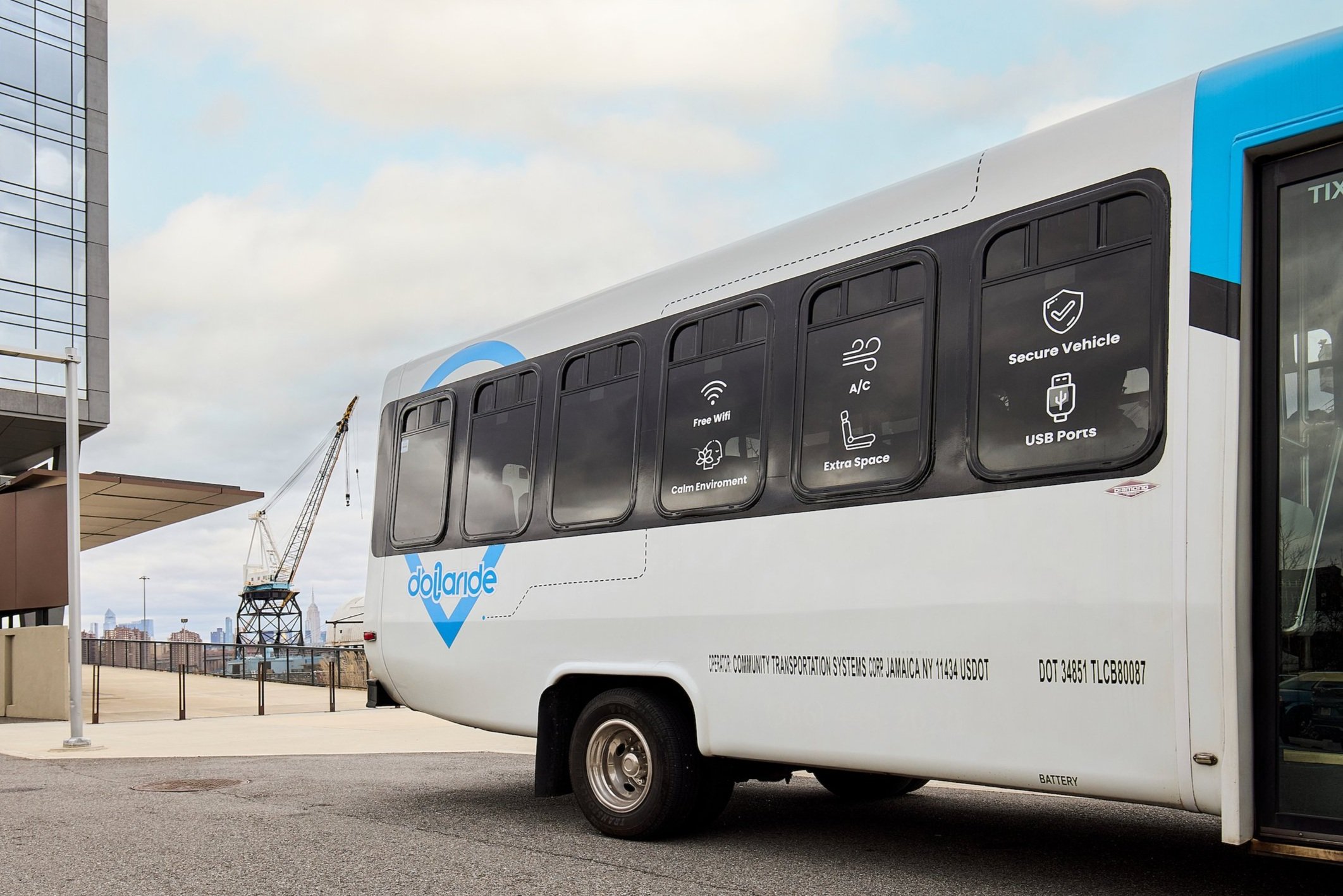In today's rapidly evolving transportation landscape, the shift from internal combustion engine (ICE) vehicles to electric vehicles (EVs) is gaining momentum. The Clean Transit Access Program (CTAP) is at the forefront of facilitating this change, providing shuttle operators with the necessary tools and support to make the switch. For shuttle operators, this transition presents a unique opportunity to enhance operational efficiency, reduce costs, and contribute to a greener future. In this blog post, we will delve into the economics of EV transition, focusing on the return on investment (ROI) for shuttle operators and the long-term financial benefits.
Understanding the Costs of Electric vehicles vs. ICE vehicles
The upfront cost of purchasing an EV is generally higher than that of an ICE vehicle. However, this gap is steadily narrowing due to advancements in EV technology and increasing market competition. Additionally, CTAP offers various financial solutions and subsidies that significantly lower the initial investment required for EVs, making them more accessible to shuttle operators.
One of the most compelling reasons for shuttle operators to switch to EVs is the substantial reduction in operating costs. Let's break down the key areas where savings can be realized:
Calculating ROI: A Practical Example
Consider a shuttle operator who transitions a fleet of 10 vehicles from ICE to EVs. Here’s a simplified calculation of the potential ROI over a 5-year period. Savings on fuel, maintenance, and insurance result in around $19K in savings/ year/ vehicle.
Over 10 years for a fleet of 10 EVs, this translates to ~550K in savings for shuttle operators.
This simplified example illustrates the substantial financial benefits of transitioning to EVs. The initial investment is recouped quickly, leading to significant net savings and a positive ROI.
In summary…
The transition to electric vehicles presents a compelling economic case for shuttle operators. With the support of CTAP, the initial barriers to entry are significantly lowered, making it an opportune time to make the switch. The long-term financial benefits, combined with the positive environmental impact, position EVs as the future of sustainable transportation. Shuttle operators who embrace this change can look forward to enhanced profitability, operational efficiency, and a greener footprint.













